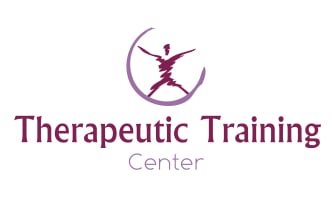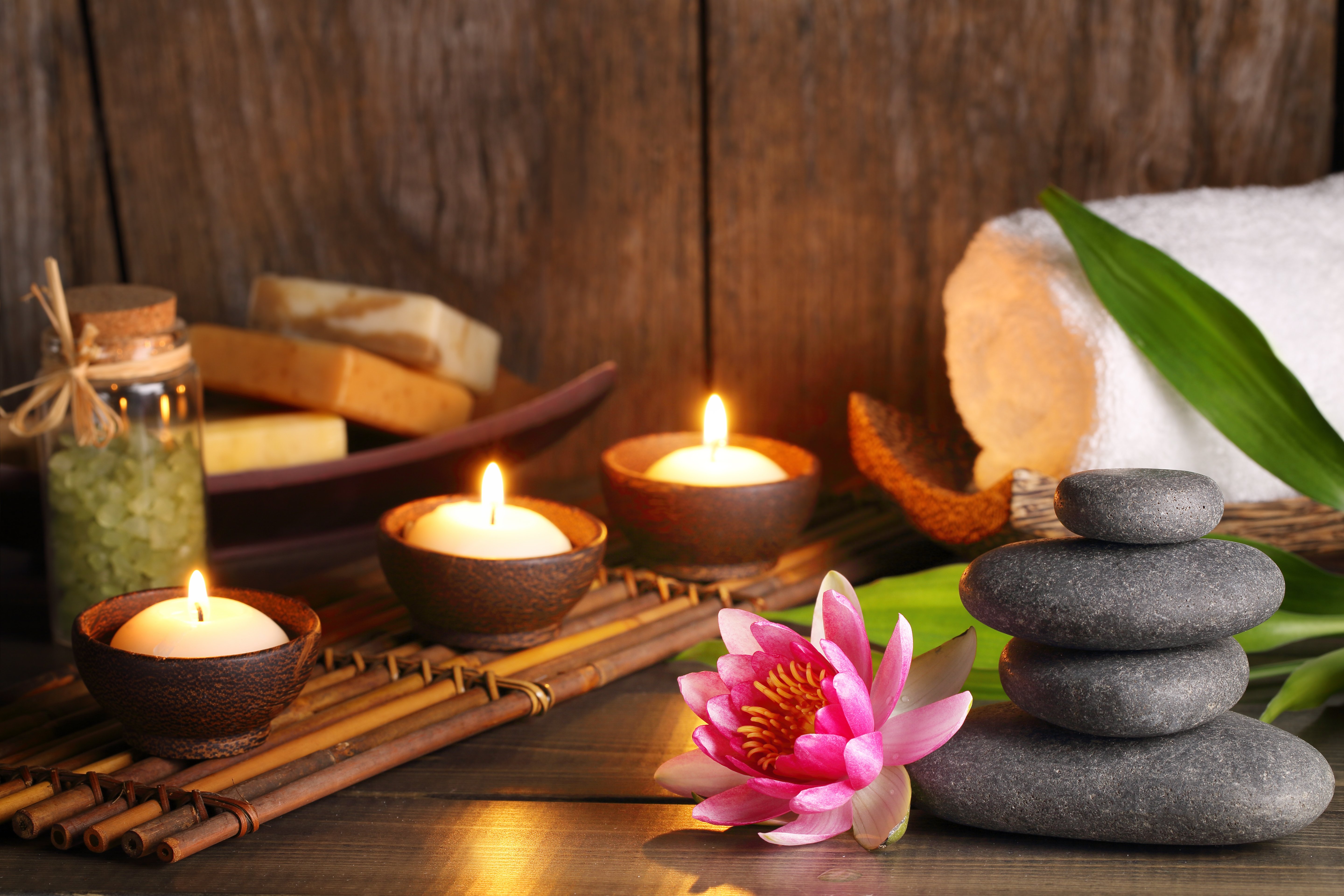Reflexology massage is a centuries-old treatment used in many cultures to retain optimal health. Reflexology massage focuses explicitly on reflex points wherein there are millions of connections between certain parts of one's hands and feet and other body parts. Receiving reflexology is also thought to help increase energy, boost circulation, aid in relaxation, and eliminate toxins from the body.
Reflexology is an ancient practice that has been in force over time wherein practitioners use pressure to bring about the desired effect. This massage therapy works by stimulating the nervous system and positively impacting a body part. It also helps improve the general well-being of the person receiving this massage therapy.
The main objective of reflexology is repairing some body parts by applying pressure on one's feet, which is painless. In reflexology, the tips on one toe connect to the head, while the foot's ball is connected to the heart and chest. Meanwhile, the link for the lower back and intestines is at the foot's heel.
What to Expect in Reflexology Massage
A typical reflexology massage session starts with discussing the client's health history and explaining what to expect from the session. There is usually a consent form acknowledging reflexology is not a substitute for medical treatment and does not treat any specific illness.
In the session, the patient remains fully clothed and will typically lie down, and the practitioner will sanitize the feet, hands, and ears. A session usually lasts between 30 to 60 minutes.
Experiences with reflexology sometimes vary from feelings of relaxation to a sense of lightness. Aside from this, it can also bring warmth or a sense of "opening" by applying pressure to the specific body area.
Different Reflexology Massage Techniques
Reflexology uses many different techniques. If the patient mentions a specific condition, the reflexologist will carefully feel the area corresponding to the problem. It is crucial to understand that reflexology aims to stimulate the nervous system to do the work of bringing the whole body into balance, wherein the pain will subside.

Slide and Press
In the slide and press technique, the practitioner moves both thumbs to the heel and slides them from the foot's middle to its edge. There is an interchange between the right and left thumb as the practitioner moves up toward the toes.
Primary Thumb Technique
In this technique, the medial edge of the thumb works on the foot's heel. The proper placement allows an enhanced accuracy and better relief. If the practitioner bends their finger's joint too much, the client may feel uncomfortable when their nail touches their feet.
Toe Rotation
The primary aim of toe rotation as a movement is to work on the client's neck area and release tension. Typically, there is some tension in this area, and working on it helps eliminate it.
Hooking
For this technique, the practitioner uses their holding hand to support the foot. They also use the thumb of their other hand and work through the reflex area. After this, the practitioner digs their thumb in and back the foot sharply.
The hooking technique is helpful when it is needed to center on a particular reflex or those points that are small and hard to reach. The placement and use of fingers are essential in the hooking technique, requiring high precision to execute.
To learn more about foot reflexology and other massage therapy types, you may visit Online Massage Courses at https://onlinemassagecourses.info.






